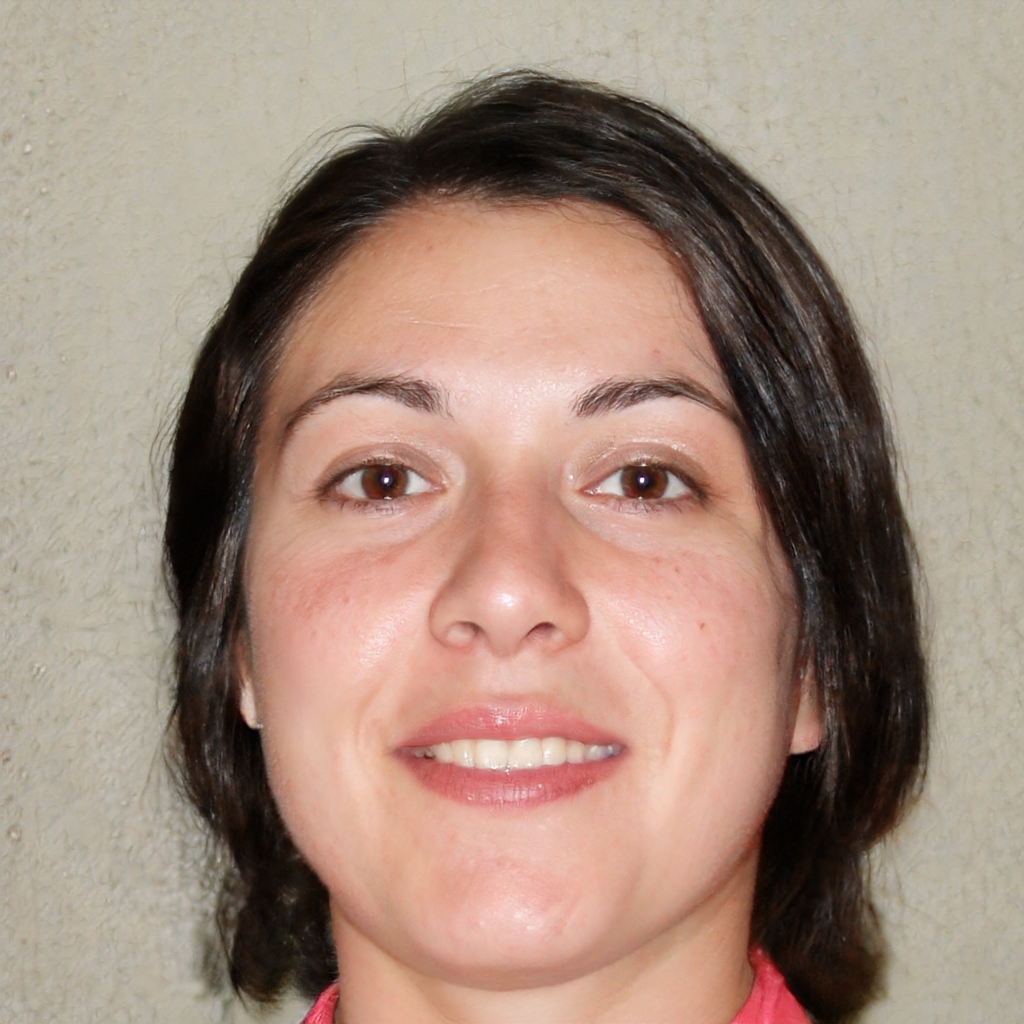Capable of revolutionizing the lives of patients with disabilities, it creates sentences that we imagine writing by hand: how the software that reads your mind works.
The invention of scientists at Stanford University in California undoubtedly has revolutionary characteristics. And in fact promises to be a solution that can completely change the lives of people who have lost the ability to express themselves, due to injury or disease. It is a device that can translate thoughts into text, thanks to the use of a brain-computer interface (BCI) connected to an artificial intelligence software.
How Mindwriting works, which understands what we imagine to write by hand
To make use of it was a subject affected by total body paralysis for ten years (which the authors of the study have called T5), age about 60 years. The results of the experiment, published in the scientific journal Nature, were surprising: Mindwriting, this is the name of the program (in Italian it translates as "mental writing") was able to put down on paper, on a screen, 18 words per minute, which T5 imagined writing freehand. An eloquent term of comparison is the 23 words per minute transcribed on average by a normal individual. A threshold that Mindwriting comes surprisingly close to.
In the case of free-thinking, the transcription rate was slightly lower, due to the pauses for reflection needed to process concepts: in this case, T5's average composition speed was 15 words per minute. This is twice as fast as the existing equipment allows. And it's the first time scientists have been able to create 94% accurate sentences from brain activity related to the freehand writing process.
Why we need to continue to implement the technology of the program that reads in the head (and how)
For Frank Willet of Stanford, the results of the experiment open the way for further fields of research, focused on thinking related to the process of ten-finger writing on a keyboard or attempts to speak by patients who have lost their voice (mind you, in the present case, T5 has to imagine writing by hand, so it's not exactly the same thing).
"Instead of letters, the algorithm identifies syllables, or rather phonemes, the fundamental unit of language," Willet clarified.
There are millions of people who have lost the use of their upper limbs, unable to express a thought in writing because of accidents or diseases, such as stroke, amyotrophic lateral sclerosis or spinal cord injury. The promising work of Stanford engineers is dedicated to them.
Technology research has reached other milestones as well: for example, software that self-destructs (here's why it's important) and software that can drive a car.
Giuseppe Giordano
